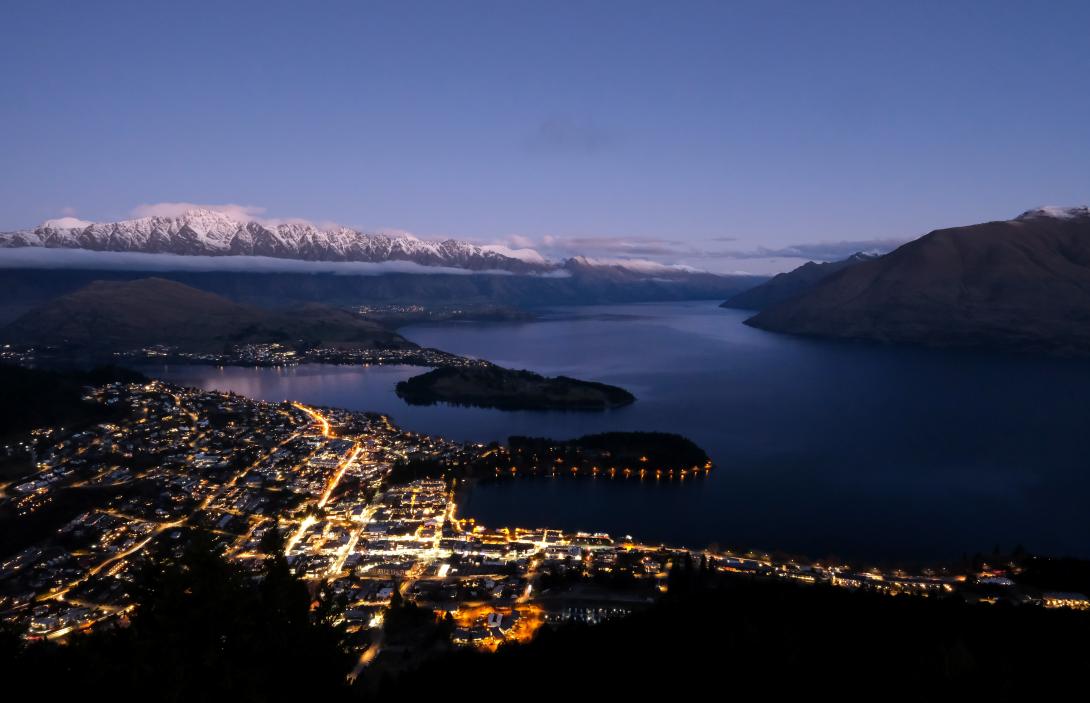04 Jul 2023

A new report from Transpower in its role as System Operator has shown that the market coordination challenge the electricity sector is facing in meeting peak demand over the next few winters is expected to persist for the next ten years.
The finding is included in the annual Security of Supply Assessment 2023 released this week. Transpower warned of these winter capacity risks in a media release on 23 May after setting out the issue in a paper last November as well as in further modelling released in April. This is the first Security of Supply Assessment to look at the risk over a full decade with the addition of a new flexible operational capacity sensitivity.
Transpower General Manager Operations Dr Stephen Jay said the assessment makes it clear that urgent investment is needed in flexible resources that can contribute to meeting peak demand.
“That could come in the form of new flexible generation, including flexible peaking plant that can be fired up at short notice to support intermittent generation resources like wind,” he said.
“It can also be in the form of grid-scale batteries and demand response, where industrial customers or electricity retailers working with their customers scale back demand during peak periods in response to higher prices.”
Dr Jay said demand response has the potential to be a key tool for managing demand peaks, which in turn will minimise the need for construction of new generation and transmission assets, reducing costs for consumers and providing other flow-on benefits for all of New Zealand.
With that in mind, the Electricity Authority and Transpower introduced real-time pricing to the wholesale electricity market late last year in collaboration with NZX. By making it easier for retailers and electricity consumers to make efficient real-time decisions about their consumption and generation, it is seen as an important enabler of demand response.
A medium-term view of power system assets
The annual assessment uses electricity demand and supply forecasts to assess whether there will be enough energy to meet New Zealand’s electricity demand over the coming decade. It is based on existing generation as well as planned generation at different stages of the development process.
Generation companies, other market participants and investors use it provide a long-term view of power system assets and inform investment decisions, including about development of new generation and other market resources.
While the assessment shows that the pipeline of new generation projects is 99% renewable, Dr Jay said it also demonstrates that the industry will remain reliant on thermal fuels like coal and gas to maintain security margins unless there is an unprecedented level of investment in new generation and flexible resources.
“All indications show the renewable projects in the pipeline are being developed, indicating we are transitioning to more renewable generation,” he said.
“However, to meet the aspirational 100% renewable energy target, a step change in investment in new generation is required alongside investment in flexible resources that can help meet the winter peak demand challenge.
“An increase in the scale and pace of investment in North Island generation and additional HVDC capacity will also be needed through to the end of the decade.”
The Security of Supply Assessment for 2023 is published on Transpower’s website.
Media contact: Nathan Green, Principal Communications Advisor, 027 387 5256